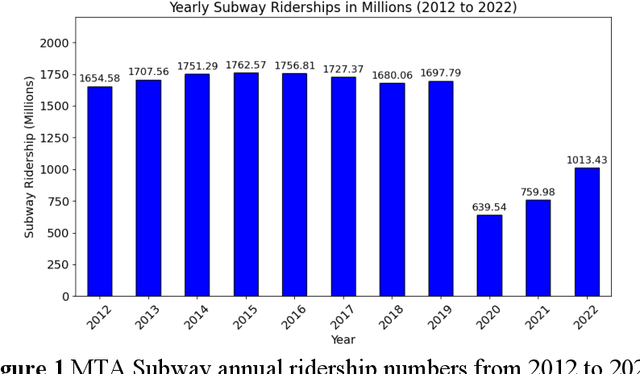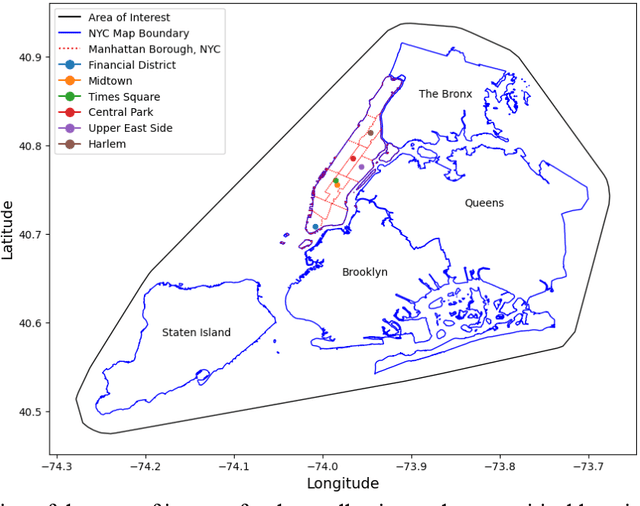Leveraging Twitter Data for Sentiment Analysis of Transit User Feedback: An NLP Framework
Paper and Code
Oct 11, 2023



Traditional methods of collecting user feedback through transit surveys are often time-consuming, resource intensive, and costly. In this paper, we propose a novel NLP-based framework that harnesses the vast, abundant, and inexpensive data available on social media platforms like Twitter to understand users' perceptions of various service issues. Twitter, being a microblogging platform, hosts a wealth of real-time user-generated content that often includes valuable feedback and opinions on various products, services, and experiences. The proposed framework streamlines the process of gathering and analyzing user feedback without the need for costly and time-consuming user feedback surveys using two techniques. First, it utilizes few-shot learning for tweet classification within predefined categories, allowing effective identification of the issues described in tweets. It then employs a lexicon-based sentiment analysis model to assess the intensity and polarity of the tweet sentiments, distinguishing between positive, negative, and neutral tweets. The effectiveness of the framework was validated on a subset of manually labeled Twitter data and was applied to the NYC subway system as a case study. The framework accurately classifies tweets into predefined categories related to safety, reliability, and maintenance of the subway system and effectively measured sentiment intensities within each category. The general findings were corroborated through a comparison with an agency-run customer survey conducted in the same year. The findings highlight the effectiveness of the proposed framework in gauging user feedback through inexpensive social media data to understand the pain points of the transit system and plan for targeted improvements.
 Add to Chrome
Add to Chrome Add to Firefox
Add to Firefox Add to Edge
Add to Edge